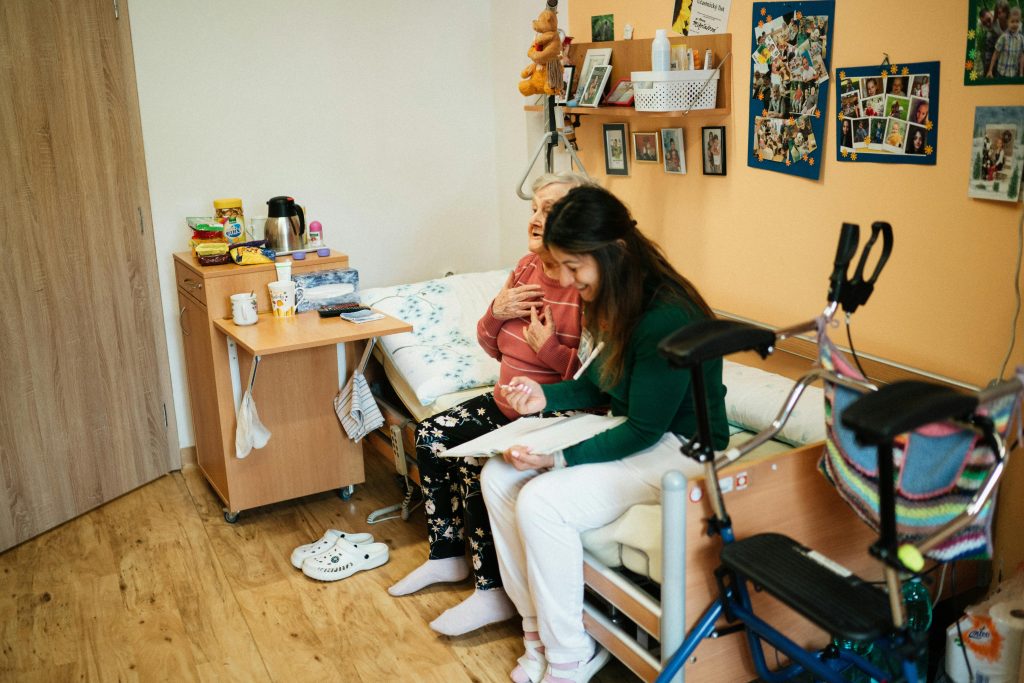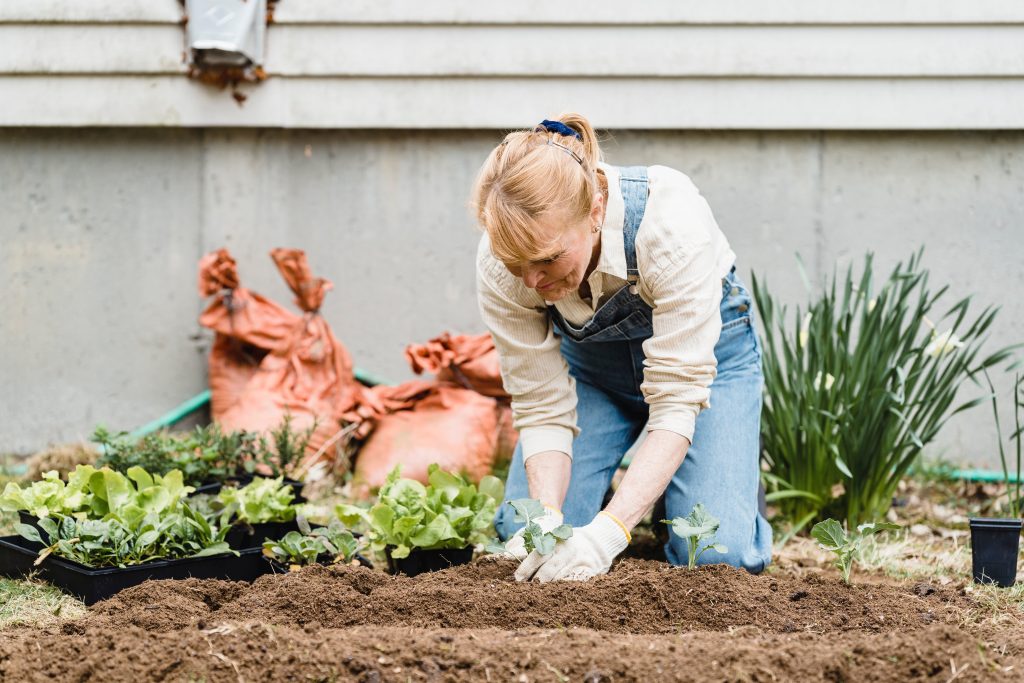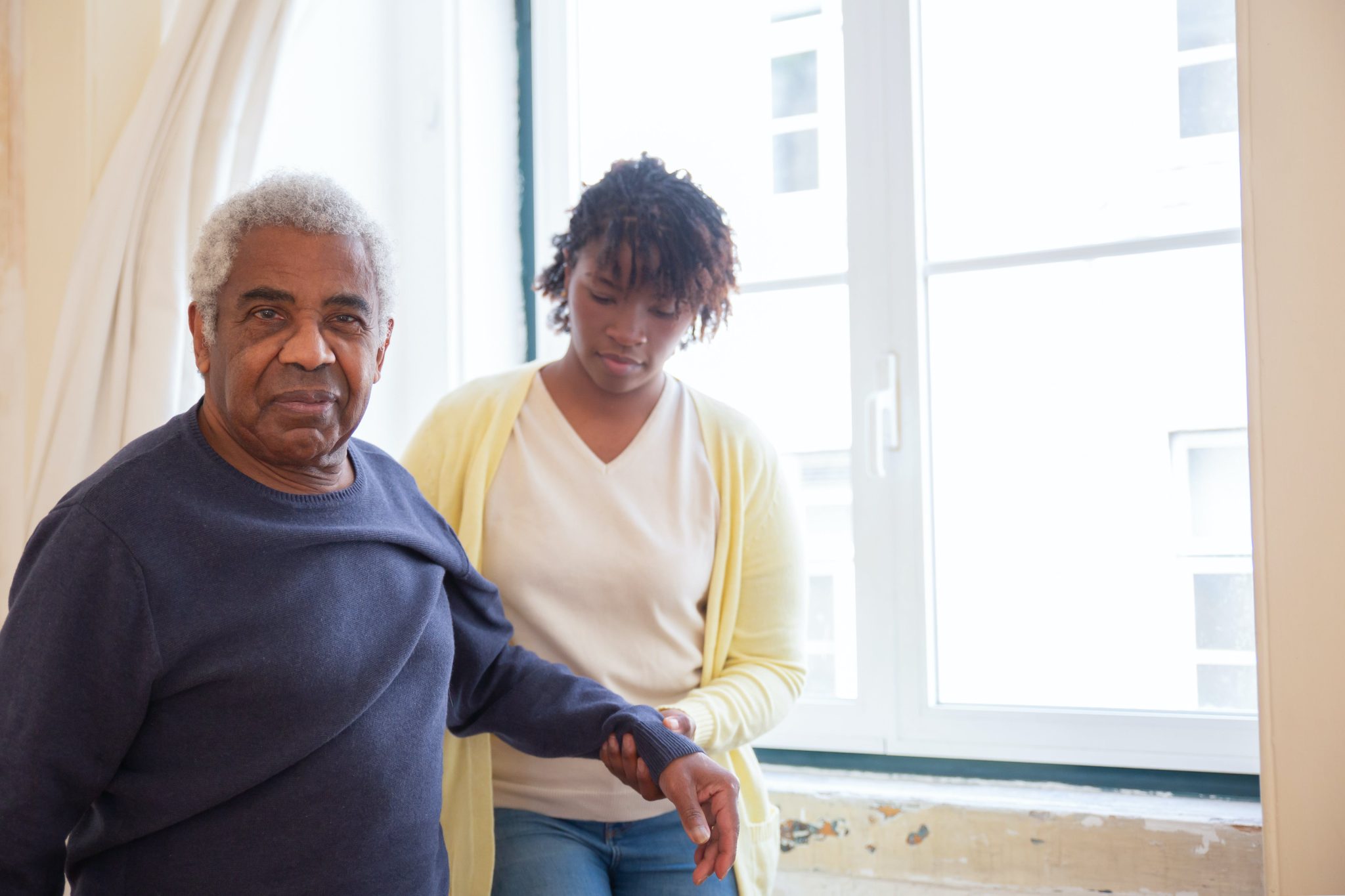The golden years are often depicted as a serene, leisure-filled life. Yet, they come with their own set of challenges and changes. As we shift our focus toward the undeniable aging process, it’s crucial to understand the essence of resilience in aging. This resilience isn’t just about bouncing back; it’s about proactively adapting to new realities and thriving—a testament to the enduring human spirit.
In coping with aging, seniors are prompted to navigate through a tapestry of later life transitions ranging from retirement and health changes to shifts in social dynamics. The cultivation of adaptability in seniors is the cornerstone that upholds senior well-being. By delving into the multidimensional aging experience, we can shed light on the resilience that sustains and enriches lives during these transformative years.
Understanding Resilience in the Context of Aging
As we age, our capacity for resilience remains a cornerstone for aging gracefully and maintaining a quality of life that is both fulfilling and adaptive. Psychological resilience is not a static trait but a dynamic process involving our ability to navigate the challenges of getting older. This section explores the facets of resilience in older adults, examining scientific perspectives and cultural influences that shape their adaptability in old age.
Defining Resilience in Older Adulthood
Resilience in the context of aging transcends mere survival of life’s adversities. It’s about thriving despite the challenges and leveraging the strength accrued over a lifetime. In examining psychological resilience, researchers have identified critical attributes in seniors, such as emotional strength, the wisdom gained from experience, and the ability to find joy in life’s later years. These attributes contribute significantly to the process of aging gracefully.
The Science of Adaptability and Well-being
- Neuroplasticity, which shapes the brain’s ability to reorganize and form new connections, is central to adaptability in old age.
- Emotional regulation, a paramount feature of resilience, is closely linked to maintaining mental health and overall well-being.
- Studies have found that active engagement in social and physical activities can boost older people’s cognitive function and emotional health.
Cultural Perspectives on Aging and Resilience
Different societies offer distinct narratives about aging, influencing how older adults perceive and enact resilience. Cultural attitudes towards aging range from those that celebrate the wisdom and experience of older people to others that undervalue the contributions of the aging population. By exploring these cultural contexts, we can better understand how societal values shape the development of psychological resilience and the capacity for adaptability in old age, providing a more holistic approach to facilitating resilient aging.
The Impact of Life Transitions on the Elderly

Retirement often signals a shift in daily routine and sense of purpose. Research indicates that while some individuals thrive, others might struggle with losing their work identity, seeking new avenues to impart meaning to their days.
- Exploration of new hobbies and interests
- Volunteer work as a source of community connection
- Part-time engagements or consultancy roles that leverage life-long expertise
Confronting widowhood, seniors find themselves navigating the terrain of grief and loss. The solitude that follows the passing of a spouse or close friend can pose significant mental health challenges but also opportunities for profound personal growth and strengthened community ties.
- Support groups for shared experiences of loss and healing
- Therapeutic activities that focus on self-reflection and remembrance
- Developing new relationships while cherishing old memories
Furthermore, adapting to changes in the environment, such as transitioning to assisted living facilities or changes in social status, can induce stress and foster resilience. Adjusting one’s living situation to ensure safety and support while maintaining independence and dignity is critical to successfully navigating senior life transitions.
- Evaluating the benefits of assisted living settings
- Maintaining active roles within new communities
- Embracing technology to stay connected with family and friends
Strategies for Enhancing Resilience among Seniors
As the population of older adults continues to grow, the significance of fostering resilience for a positive aging experience cannot be overstated. Through deliberate strategies to enhance mental and physical well-being, seniors can develop resilience skills contributing to a fulfilling and engaged lifestyle. Whether strengthening senior support networks or encouraging regular exercise, each action is crucial in building resilience.
Developing a Positive Mindset
Maintaining a positive outlook is instrumental in navigating the complexities of aging. Research suggests that an optimistic approach can lead to better health outcomes and improved quality of life for the elderly. Here are some proven techniques to foster optimism:
- Practicing gratitude daily to acknowledge the joys and successes despite the challenges.
- Engaging in mindfulness and meditation to reduce stress and cultivate a sense of inner peace.
- Participating in cognitive-behavioral programs that reframe negative thinking patterns into positive affirmations.
Cultivating Social Networks and Community Ties
The role of robust social connections and active community involvement is indisputable in promoting resilience among seniors. Studies have demonstrated that individuals with strong support networks are more resilient during stress or change. Here’s how communities can support their elderly:
- Create and maintain social programs encouraging senior interaction, from book clubs to dance classes.
- Promote volunteer opportunities tailored to older adults to increase their community engagement and sense of purpose.
- Implement mentorship programs that allow seniors to share their experiences and knowledge, reinforcing their value within the community.
Physical Activity and Its Role in Resilient Aging
Regular exercise is not only vital for physical health but also for fostering mental resilience in older people. Embracing active lifestyles helps seniors maintain their independence and cope with life’s challenges more effectively. The following are some initiatives that encourage exercise for older adults:
- Develop group fitness programs tailored to older adults, such as water aerobics, yoga, or walking clubs.
- Encourage partnerships with local health organizations to offer workshops on the benefits of physical activity for seniors.
- Organize community events that celebrate active aging, providing the resources and motivation for older people to stay physically engaged.
Resilience and Mental Health in Later Life

- Exploring the nexus of emotional resilience and health outcomes reveals that seniors who efficiently employ coping strategies tend to exhibit more robust mental health.
- Therapists often recommend tailored coping tactics to aid older adults in navigating the complex landscape of later life changes and challenges.
- Real-life narratives detail how seniors have surmounted hardships through inner strength, external support, and reliable coping mechanisms.
Overcoming adversity is about survival and thriving with purpose and joy. The case studies of individuals who’ve demonstrated fortitude reveal patterns of positive enlistment of emotional and community resources, illustrating the remarkable capacity for resilience in later life.
Embracing Change: Role of Family and Caregivers
In the aging journey, the role of family and caregivers remains pivotal as they can greatly influence how older adults perceive and manage life’s changes. Through caregiver support, nurturing communication, and the creation of adaptive environments, families can reinforce the concept of positive aging and enhance family dynamics. We will explore effective strategies for communicating with seniors, the critical importance of support systems, and ways to create nurturing spaces that promote resilience and adaptability.
Effective Communication with Older Adults Facing Change
Positive communication with seniors during periods of change is essential for maintaining their sense of self-worth and dignity. Effective dialogue involves:
- Listen actively and provide affirmation to their feelings and concerns.
- Empowering them to make decisions about their life changes to foster independence and control.
- Using clear and reassuring language to alleviate fears and confusion regarding new circumstances.
Support Systems and Their Importance in Resilience
Robust support systems are the backbone of resilience among older adults. These networks may consist of:
- Family members regularly engage with and support the elderly in their daily tasks and social activities.
- Professional caregiver support groups that offer guidance and respite to those caring for older family members.
- Community programs aimed at bringing together seniors and reducing feelings of isolation.
Creating a Nurturing Environment for Growth and Adaptation
Establishing adaptive environments is key in nurturing elderly individuals, enabling them to thrive amidst change. To create such spaces:
- Modify living areas to ensure they are safe, accessible, and conducive to the needs of seniors.
- Incorporate elements that promote autonomy and encourage the pursuit of hobbies and interests.
- Provide technological tools and assistance that can help bridge the gap between generations and keep seniors connected.
By embedding caregiver support within family dynamics, promoting positive communication, and designing nurturing and adaptive environments, we can significantly contribute to the resilience and well-being of our aging population.
Conclusion
In exploring resilience among the senior population, we have seen that embracing senior years with a growth mindset is beneficial and essential. Adapting and flourishing in the face of life’s inevitable changes is a marker of true resilience. This adaptability, or resilience-building, is a skill that can be fostered and honed, contributing to a richer, more fulfilling experience in later life.
As each individual embarks on the journey of proactive aging, it becomes clear that resilience is not a static quality but a continuous process. At Total Life, we are committed to promoting resilience among older adults through online therapy sessions, connecting seniors with supportive communities, and offering resources to help build emotional well-being. With resilience at the heart of our approach, we strive to empower individuals to navigate their aging journey with strength and purpose. Let us embrace change together and build a more resilient community for all.







